Welcome to the latest edition of workout Wednesday! I am excited to share a great rep-based pyramid workout for you today. This is a high intensity full body workout that you can do anywhere with no equipment.
Ready to get started? Always warm up before beginning an intense workout.
CIRCUIT #1: LOWER BODY STRENGTH & CARDIO
The first circuit is a lower body strength and cardio workout. You will perform 10 squats immediately followed by 1 rep of high knees (right up, left up = 1 rep). Without resting, perform 9 squats and 2 high knees, followed by 8 squats and 3 high knees and so on until you reach one squat and 10 high knees. Rest for at least one minute or until you are recovered before moving on the next circuit.
Squat: Starting with your feet hip width apart, your toes pointing forward and your back straight, push your hips back and lower your body until your thighs are parallel to the floor (or as low as your flexibility allows) like you are sitting in a chair. In the low position engage your core, squeeze your glutes and push up to standing while putting your weight into your heels.
High Knees: Stand up straight with the feet hip width apart. Jump from one foot to the other while using your core to lift your knee to hip height. Swing your arms with each rep. Touch the ground with the balls of your feet quickly moving back and forth between legs.
CIRCUIT #2: UPPER BODY STRENGTH & CARDIO
The second circuit follows the same format as the first. Start with 10 push ups followed by 1 mountain climber (right leg in, left leg in = 1 rep). Then move on to 9 push ups and 2 mountain climbers, 8 push ups and 3 mountain climbers until you reach 1 push up and 10 mountain climbers. Rest until recovered.
Pushups: Start in a high plank position with your hands placed directly under your shoulders. Keeping your body in a straight line, while engaging your core bend your elbows to slowly lower your chest to the floor. Once in the low position, push back up to the starting position. If this is too challenging, drop to your knees.
Mountain Climbers: Start in a straight arm plank position with shoulders directly over wrists. Step one foot up in line with hip, then step back to plank position then repeat with opposite foot. This is one rep. Move as quickly as possible while keeping your core engaged and back straight.
CIRCUIT #3: CORE
Let's start the second half of the workout with some core work that includes your abs and glutes. Start with 10 bridge marches (right leg, left leg = 1 rep) followed by 1 crunch. Follow the rep pyramid until you reach 1 bridge march and 10 crunches. Rest until recovered before moving on to the last circuit.
Bridge Marches: Lie on your back with your knees bent 90 degrees and lift your hips off the floor to form a straight line from your knees to your shoulders. With your hips off the floor bring your knees in towards your chest one at a time to march. March on the right leg then left leg equals one rep.
Crunches: Lying on your back push your lower back into the floor, place your hands behind your head (do not pull) and lift your shoulders and chest up off the floor into a crunch. Pause for 1 second in top position while engaging your entire core before lowering back to the ground.
CIRCUIT #4: CORE
Last but not least we have bird dogs and supermans for core work that includes abs, glutes and lower back. Start with 10 bird dogs (right arm and left leg extended hold for 1 second then switch sides = 1 rep) followed by 1 superman. Follow the rep pyramid until you reach 1 bird dog and 10 supermans.
Bird Dogs: On all fours with your wrists directly underneath your shoulders lift one arm off the floor to shoulder height while lifting the opposite leg in line with the hip. Hold for one second and switch sides.
Supermans: Lying face down on the floor with your arms extended in front of you, raise your arms, chest and thighs off of the floor and hold for one second. Slowly lower your arms, legs and chest back down to the starting position.
Cool down and stretch after completing the workout.
Try it out and let me know how it goes.
LIke this post? It helps me a lot when you share!
I am a NASM personal trainer and RRCA adult distance running coach that specializes in strength training for runners. I offer in-person training in the Shredshed, online training and Fit to Run boot camps. If you are interested in a more in-depth running or strength training plan please contact me. Have questions? I'd love to help.
While I am a certified personal trainer, I am not your personal trainer. Since I don't know your exercise abilities, injury background or medical history, please see your doctor before beginning any new exercise program.




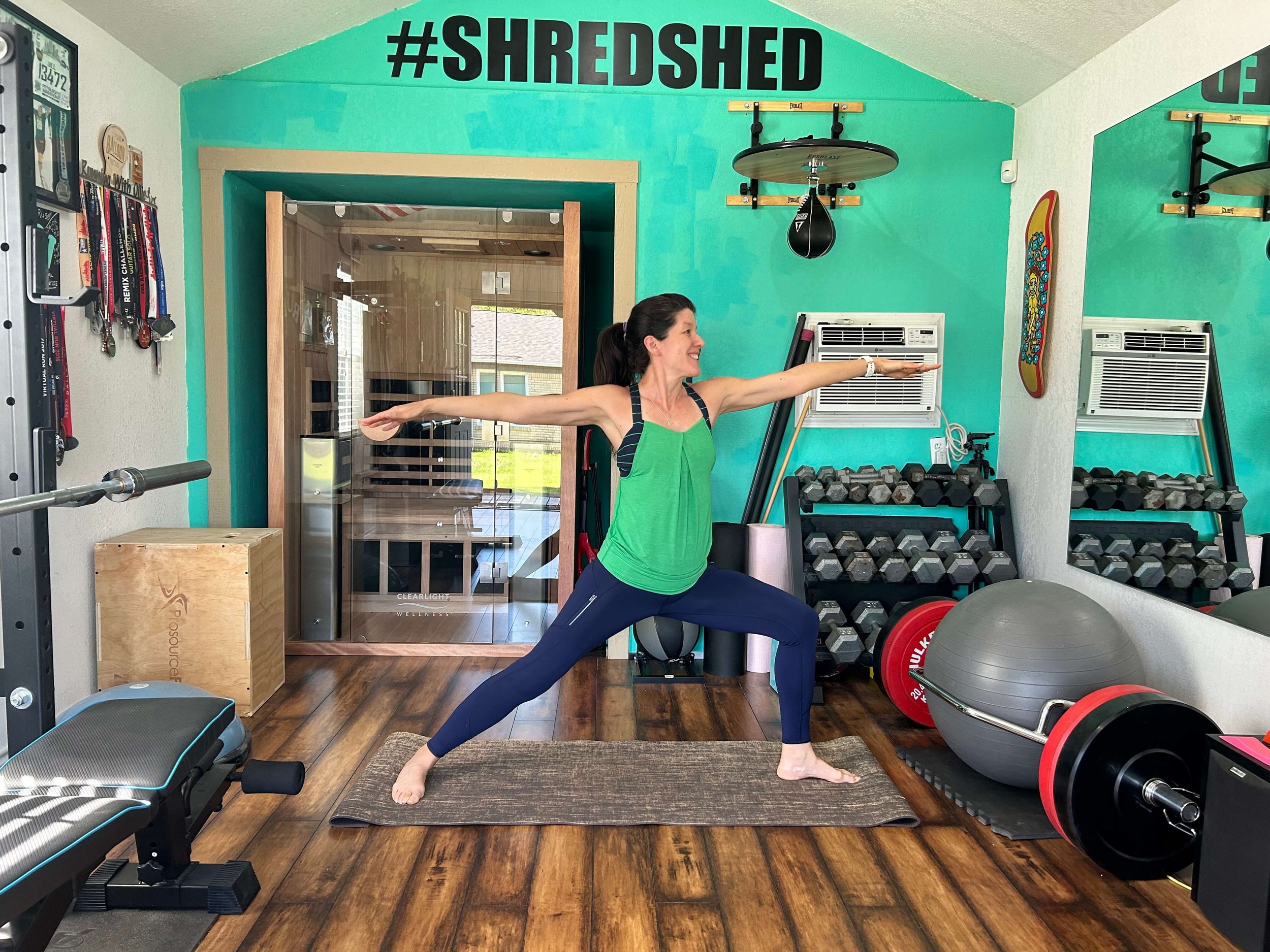

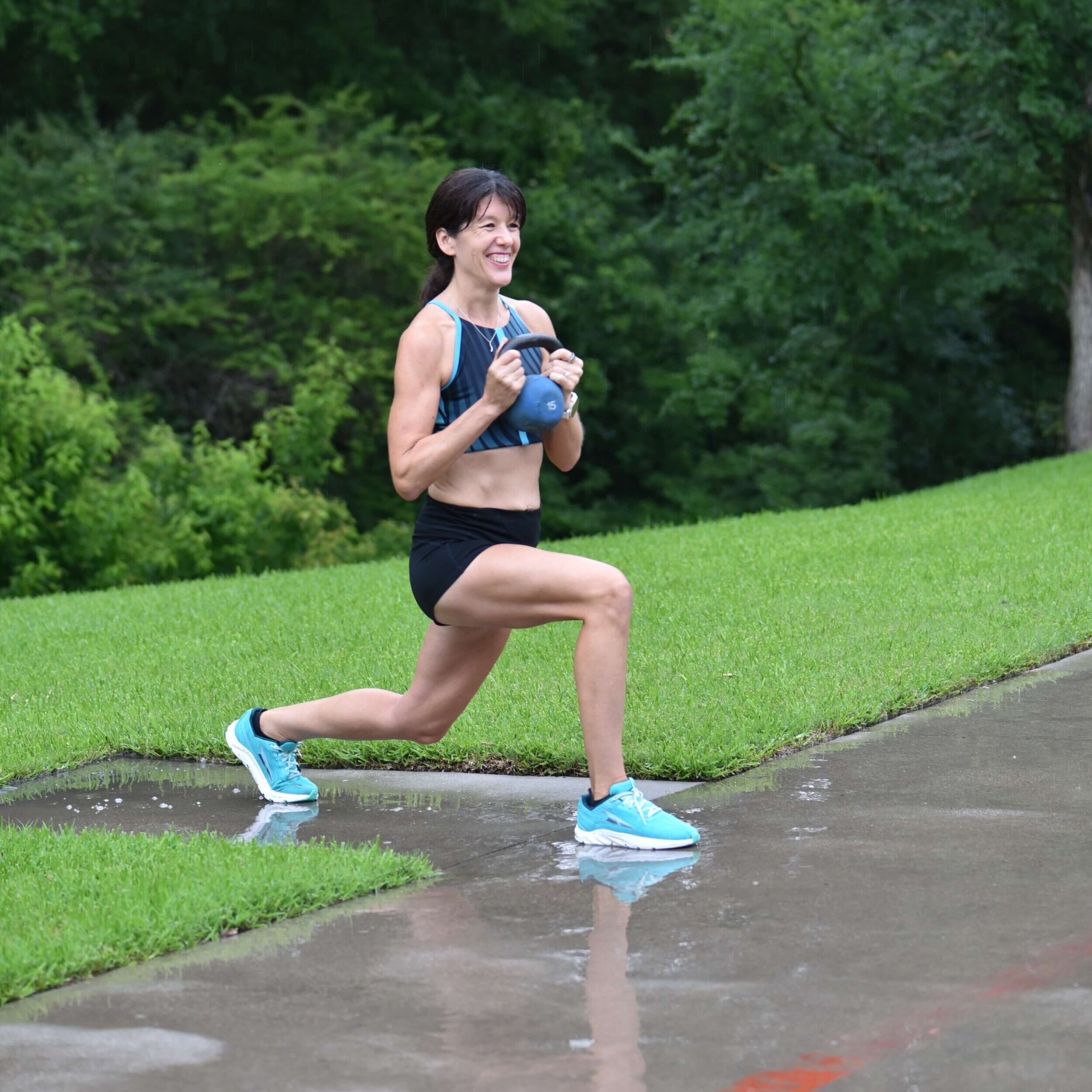

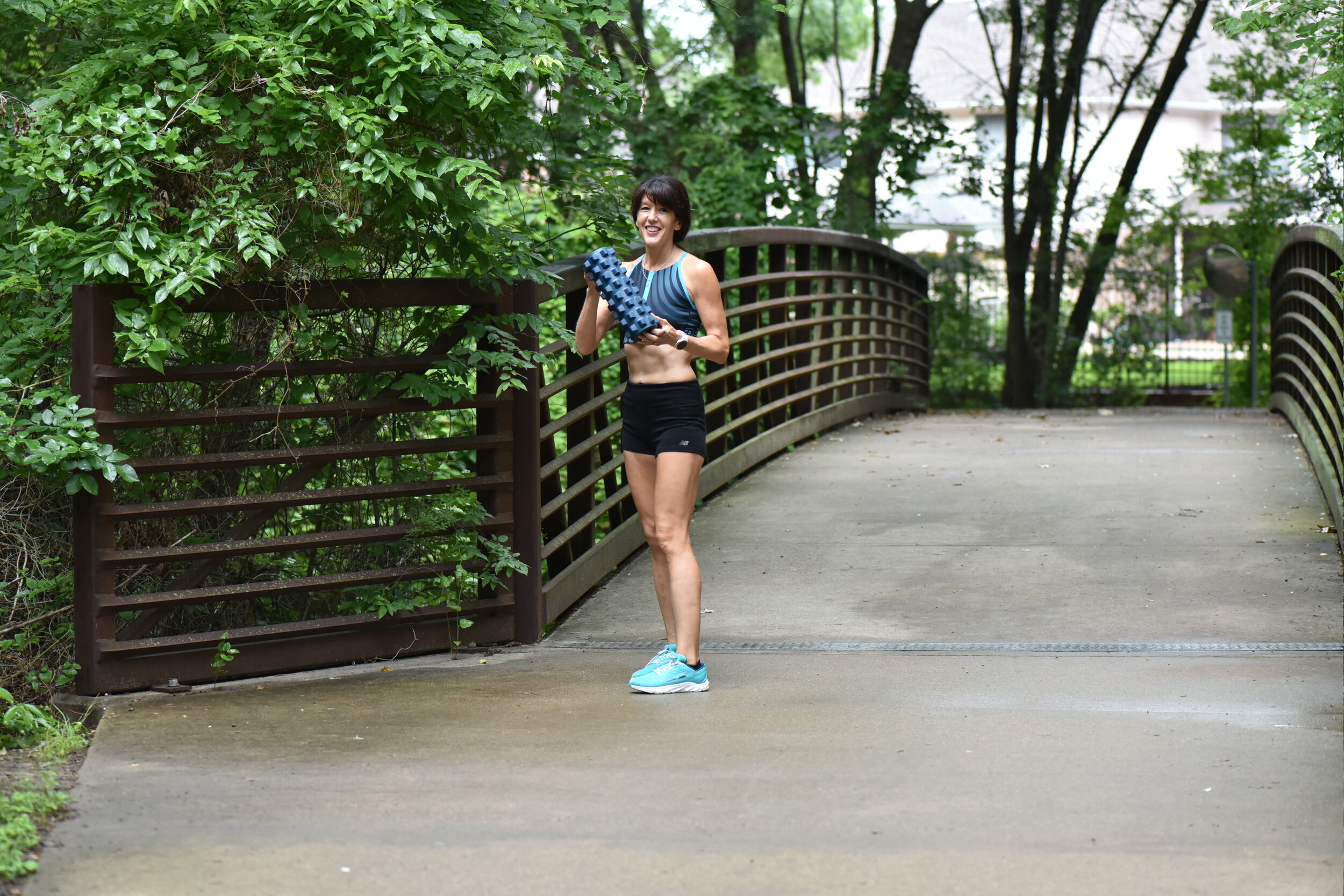




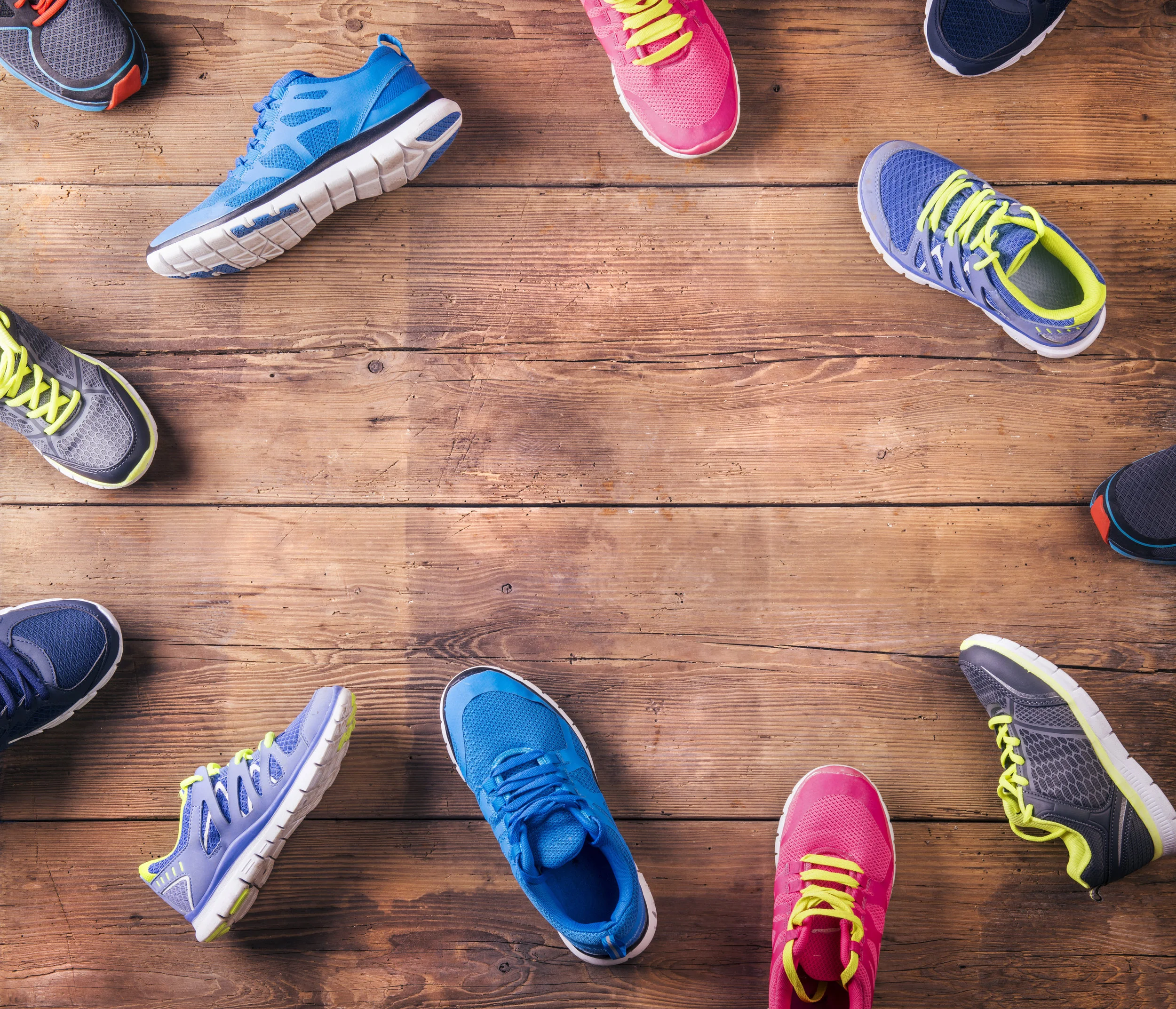







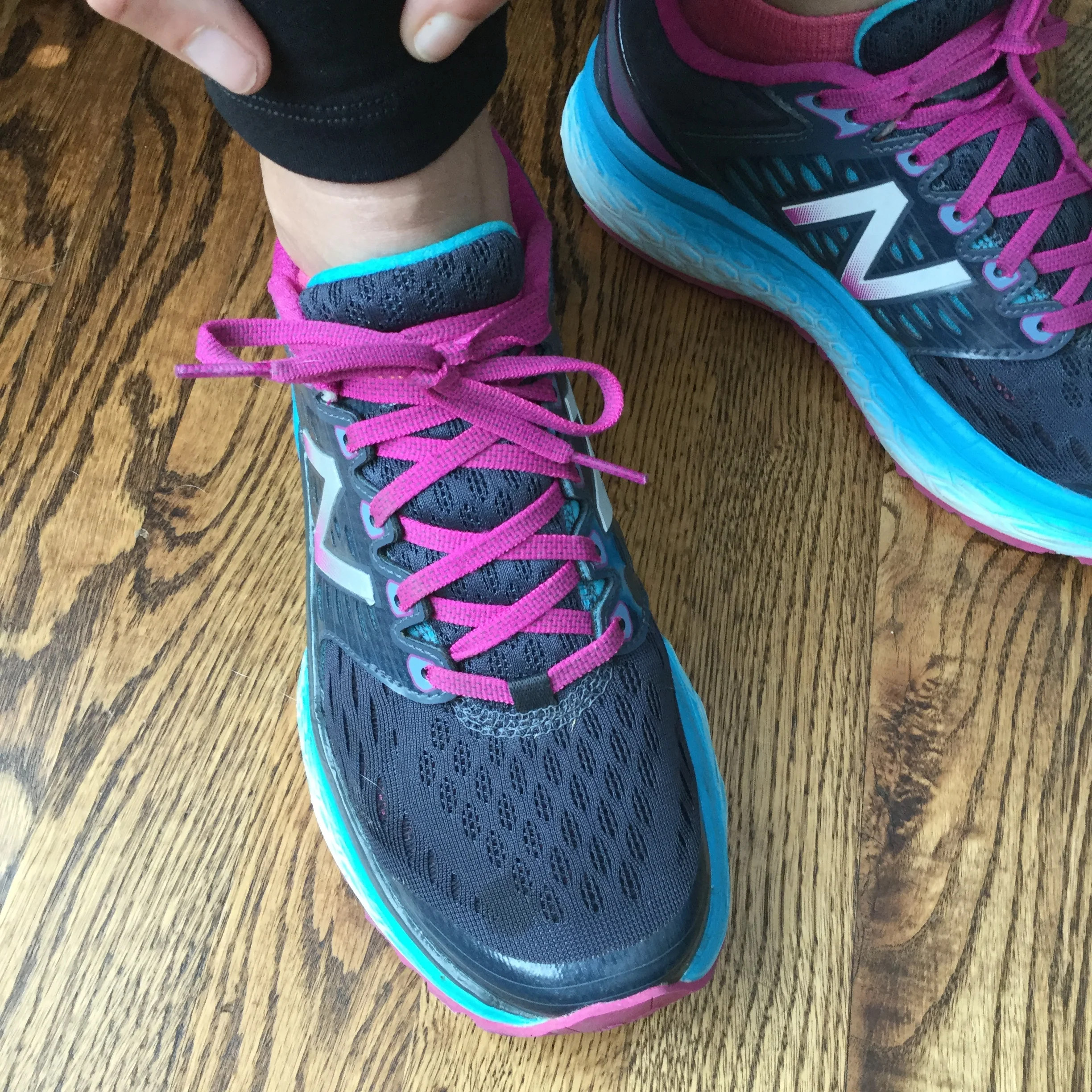















When we “fall back” at the end of Daylight Saving Time, most people think about gaining an extra hour of sleep. Years ago, I wrote about using that hour to restart morning workouts. Now, I see this moment even more clearly. The time change is more than a bonus hour. It creates a natural opening to reset habits, experiment with morning movement, and rethink the stories we tell ourselves like “I’m not a morning person.” Whether you use the extra hour to move your body or catch up on sleep, this season is a chance to rebuild your morning routine in a way that fits your life.